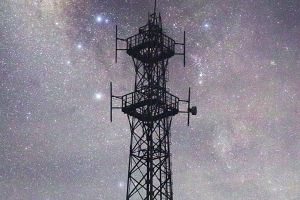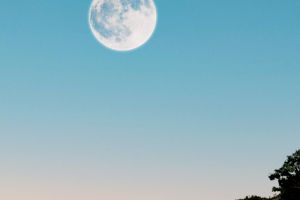The Jupiter and nebulae are among the most captivating and mysterious objects in our universe, though technically, Jupiter is a planet, not part of a galaxy, and nebulae are expansive clouds of gas and dust.
When thinking about Jupiter and its surroundings, we delve into the fascinating realm of the Solar System and the interstellar phenomena that spark our cosmic curiosity. Let's explore how Jupiter and nebulae tie into the greater universe and what makes them so mesmerizing.
Understanding Jupiter: The King of Planets
Size and Structure: Jupiter, the largest planet in our Solar System, is a gas giant composed mainly of hydrogen and helium. Its sheer size is mind-boggling—it could fit over 1,300 Earths inside of it. Jupiter’s mass, however, is just one-thousandth that of the Sun.
The Great Red Spot: One of Jupiter’s most iconic features is the Great Red Spot, a massive storm that has been raging for over 300 years. This swirling, crimson-colored storm is larger than Earth itself and remains a source of scientific wonder. The winds within this storm can reach up to 400 miles per hour, making it one of the most extreme weather phenomena in the Solar System.
Real Images From Jupiter: What NASA Really Saw There
Video By The Secrets of the universe
Moons and Rings: Jupiter boasts at least 79 known moons, with Ganymede, the largest moon, being even bigger than Mercury. Other famous moons include Europa, which may have an ocean beneath its icy surface, sparking interest in the search for extraterrestrial life. Jupiter also has faint rings made of dust particles, though they are not as prominent as Saturn’s.
The Role of Nebulae in the Universe
What is a Nebula?: Nebulae are vast clouds of dust, hydrogen, helium, and other ionized gases scattered throughout space. They are often referred to as the nurseries of stars, as they are the regions where new stars are born from collapsing clouds of gas and dust.
Types of Nebulae: There are several types of nebulae, each serving a unique function in the galaxy:
Emission Nebulae: These nebulae emit their own light due to the ionization of their gas by nearby stars. A famous example is the Orion Nebula, a vibrant, star-forming region.
Reflection Nebulae: These nebulae do not emit light themselves but reflect the light of nearby stars. They often appear blue due to how they scatter light, much like Earth’s sky.
Planetary Nebulae: Despite the name, these nebulae are not related to planets. They are formed when dying stars expel their outer layers, leaving behind a white dwarf surrounded by an illuminated shell of gas.
Dark Nebulae: These dense clouds of gas and dust block light from stars or other objects behind them, appearing as dark patches in space.
The Connection Between Jupiter and Nebulae
While Jupiter itself is not a part of a nebula, its formation billions of years ago was influenced by a solar nebula. Our Solar System formed from a cloud of gas and dust known as the solar nebula, which collapsed under gravity to form the Sun and planets. As part of this process, Jupiter, with its immense size, quickly accumulated gas, growing into the massive planet we observe today.
In a broader sense, nebulae play a fundamental role in the formation of planets and stars throughout the universe. Without nebulae, the raw materials necessary to form planets like Jupiter would not exist.
The Future of Space Exploration
Jupiter's Moons as Exploration Targets: Among Jupiter's moons, Europa is one of the most intriguing. Scientists are particularly interested in the potential for life in Europa’s subsurface ocean, and missions like NASA's Europa Clipper aim to explore this moon in the coming years. Ganymede and Callisto are also of interest due to their ice-covered surfaces and potential for subsurface oceans.
Nebulae and Star Formation: Observing nebulae can provide insight into how new stars and planetary systems form. With advanced telescopes like James Webb Space Telescope, astronomers can study these clouds in greater detail, offering clues about the birth of distant stars and the future of our universe.
The wonders of Jupiter and nebulae inspire endless fascination and exploration. As the largest planet in our Solar System, Jupiter offers a window into the dynamics of gas giants and the potential for discovering life on its moons. Nebulae, on the other hand, are the creators of new stars and planets, shaping the galaxies we see. Together, they highlight the immense beauty and complexity of our universe, urging humanity to continue exploring the cosmos.


